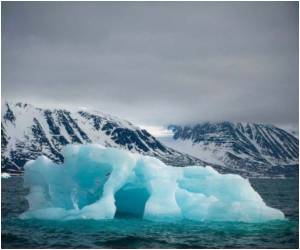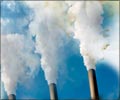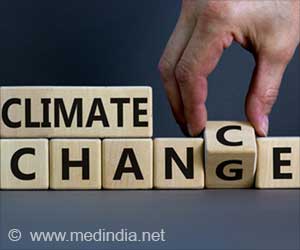Ancient carbon trapped in Arctic permafrost when exposed to sunlight melts and collapses, releasing climate-warming carbon dioxide (CO2) into the air much faster than suspected by scientists.

The team, which also includes Kling, led by Rose Cory of the University of North Carolina, found that sunlight pushes up bacterial conversion of exposed soil carbon into CO2 by at least 40 percent, compared to unexposed carbon, the journal Proceedings of the National Academy of Sciences reports.
"Until now, we didn't really know how reactive this ancient permafrost carbon would be - whether it would be converted into heat-trapping gases quickly or not," said Kling, professor of ecology and evolutionary biology at Michigan, according to a Michigan and North Carolina statement.
"What we can say now is that regardless of how fast the thawing of the Arctic permafrost occurs, the conversion of this soil carbon to carbon dioxide and its release into the atmosphere will be faster than we previously thought."
"That means permafrost carbon is potentially a huge factor that will help determine how fast the Earth warms," concluded Kling.
Source-IANS
 MEDINDIA
MEDINDIA



 Email
Email





